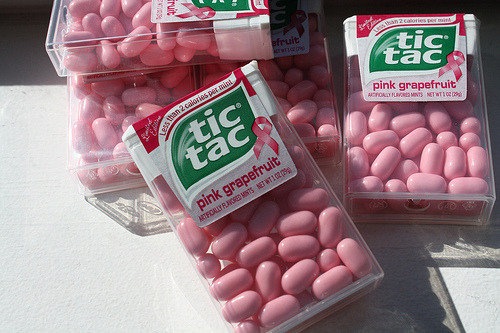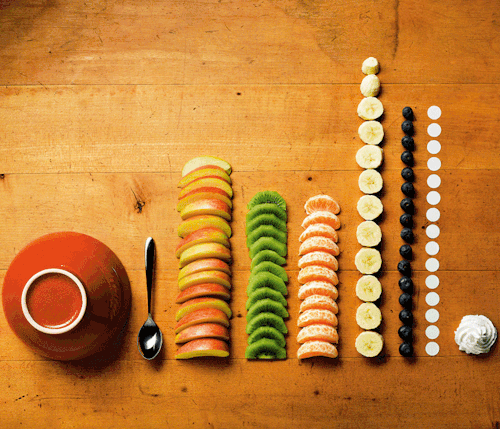One was to create a box to fit 15 beans perfectly... and that activity got me wondering if...

tic tac created their candy boxes just to fit in a certain number of candies as well... hmm, shall count the next time I purchase one!
The other activity was to find out the height of stairs at the MRT station from the basement level to the street level... I would have tried to search for an MRT floorplan of some sort to find clues first before actually measuring steps... but I'm sure everyone had much fun doing that.
This week I came across this photograph which got me thinking how much measurement the artist had to calculate before carrying out his impressionistic artwork. (If you look carefully, his artwork consists of a man standing against a shelf found in a supermart; and his artwork is actually painted on the man himself.) I think he had to measure the length and width of the different types of drinks found on the shelf as well as the distance between each shelf, the width of the small white panels while considering the height of his model as well. And there are so many different kinds of drinks there! It must have been a whole lot of calculating before his actual painting!!

Care to try this out the next time you shop at the grocer's anyone?? ^^
The similarities between the MRT activity and this one is that math is around us in our daily lives, just that we never realize it. Measurement is everywhere, in different forms, not particularly in standard units of measure, and sometimes it takes a module or an art piece like this to appreciate the practicality of Math.
This may be the last post for this site, lest any wind of mathematical frenzy and creativity hits and beckons me to post more here. The journey has been a short but impacting one, and yes I would like to sum everything by saying that I have found the kinder side of math, the surprising and fun side of math and would definitely endeavor to pass this on to the children in my sphere of influence.
So long now! :D



